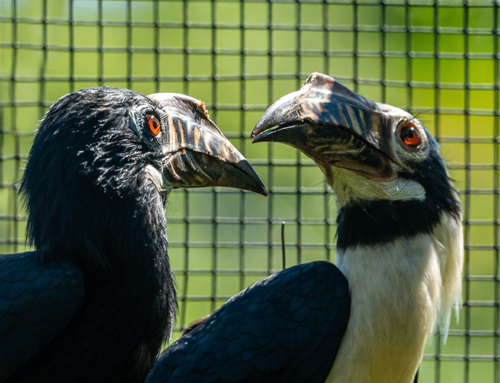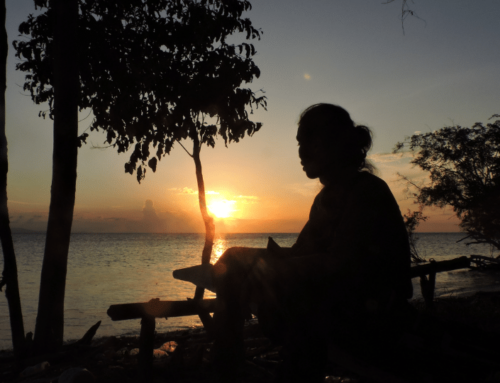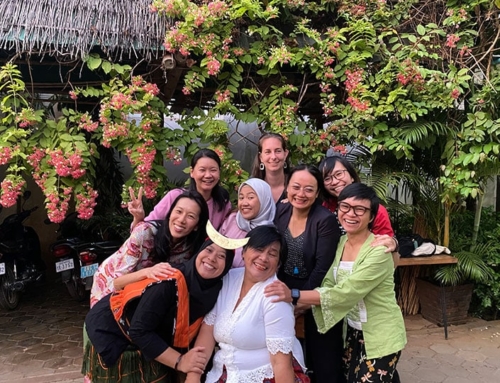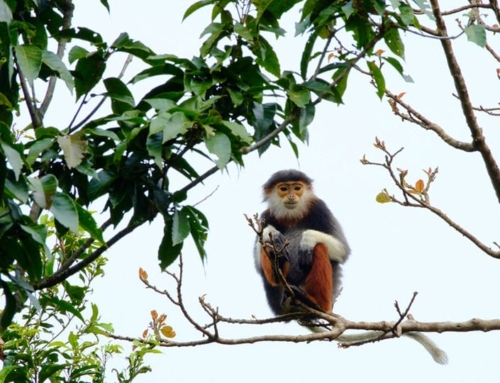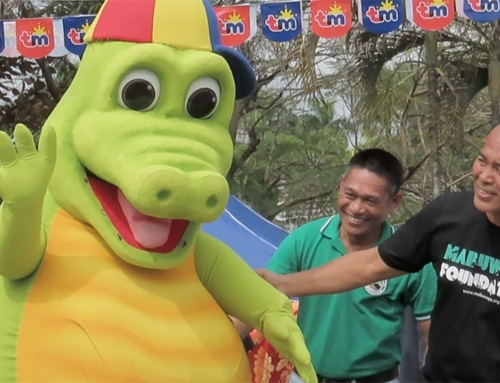The saola is the world’s rarest large mammal. It hasn’t been recorded since a trail camera captured an image of one in 2013, but it is believed that this elusive species still resides in the steep terrain of the Annamite Mountains between Vietnam and Lao – there just hasn’t been a comprehensive search for it yet.
This is the challenge being undertaken by the Saola Foundation. If it is still in Lao, they intend to find it – but time is running out.
“Even if we found one, we could learn so much. One saola teacher.”
Lorraine Scotson, Chief Executive Officer of Saola Foundation
The very idea of finding one saola holds so much hope for the team at the Saola Foundation, who are dedicated to finding one of the most elusive mammals in the world: the saola.
The status of the saola right now is critical – there could be 1-100 individuals still in the wild, spread across the vast, treacherous terrain of the Annamite Mountains. Though home to numerous species which cannot be found anywhere else in the world, it is laced with snares that have been emptying its vast forests at heart-breaking speed.
With such a small population, the chances of saola finding each other to breed successfully are now so slim, there has been unanimous agreement in the conservation community that the main priority must be a captive breeding programme – if any individuals can be found and captured.
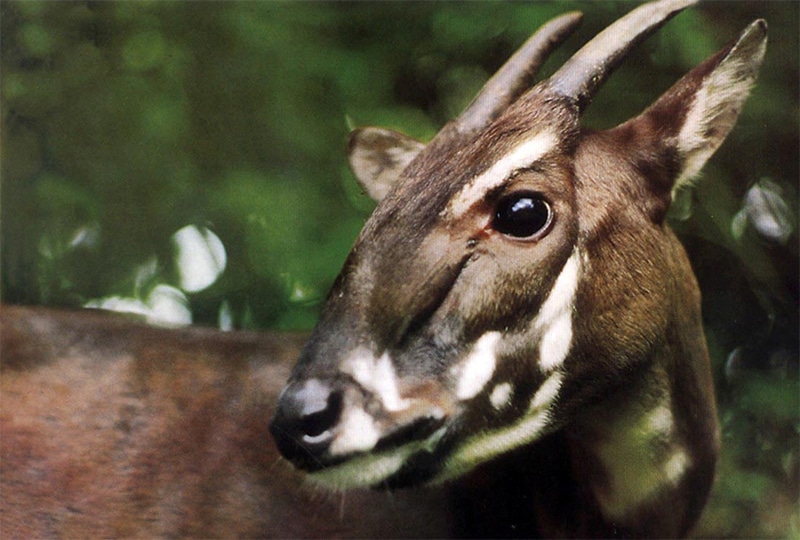
The saola still remains much a mystery as it has never been studied in the wild, most information about wild saola is calculated guesswork. Image: Toon Fey
The search
The Saola Foundation team are throwing everything they can towards their single purpose: the search for saola. They have channelled their strategy into three methods of search: DNA analysis, sniffer dogs, and human trackers.
As the ranges of individual saola – like anything known about them, carefully guessed – are thought to be very wide, trail cameras are unlikely to help the search at the speed the Saola Foundation need to find their animals. Instead, using anecdotal stories cross-checked with regions with lower levels of poaching, the team will focus on dung and tracks to try and determine where the remaining saola are.
Financial support has brought a huge advantage. New equipment allowing DNA analysis of dung in the field means the team can conduct PCR tests for saola – achieving results in an hour. Previously any samples would need to be taken out of the forest and tested. Results could take weeks, by which time the animal would be long gone.
But now, should they get a positive result, they can deploy their tracking teams straight away.
Following the signs
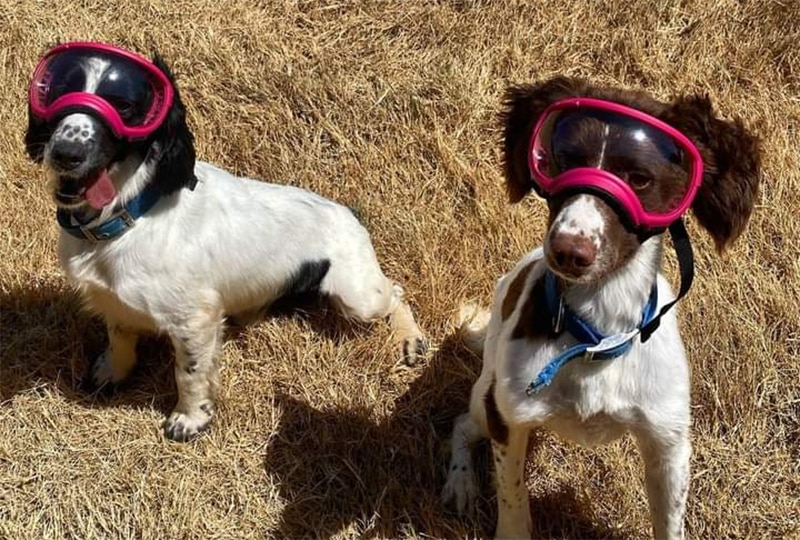
Bertie and Norman are now in Lao ready to start their saola-detection careers. Image: Saola Foundation
Working with Working Dogs for Conservation, two spaniels (Bertie and Norman) in Texas were trained in tracing tropical hoofed mammals. Due to the lack of saola samples, they cannot be trained specifically on the target species – at least, until the real thing can be found. Learning alongside the dogs was Vatsana Chanthavong, newly recruited to lead the dog handling team in Lao.
Meanwhile, another organisation Cybertracker will support the human tracking team, made up of tracker apprentices recruited from a highly competitive recruitment across communities local to the search.
“What is really exciting is that both these types of tracking, dog and human, are highly valuable in themselves, but together they give us a huge advantage.”
“Once we can integrate the teams so they can work together – dogs following the scent cues and humans tracing the visual ones – we will be able to move at speeds in the forest impossible for either approach alone. And that means we could feasibly follow an animal in real-time,” says Lorraine.
That will be essential for the next steps: observation and, eventually, capture.
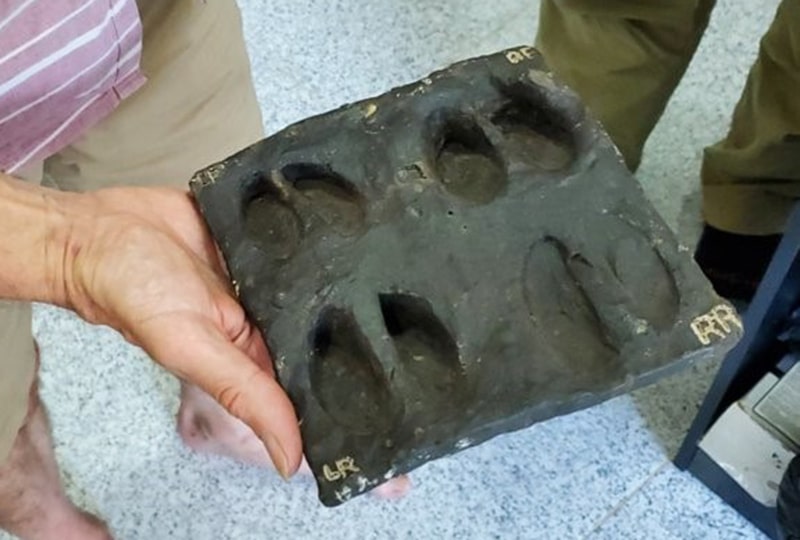
The trackers are learning the signs of saola through historic casts of saola tracks and hooves. Image: Saola Foundation
The big moment: but what next?
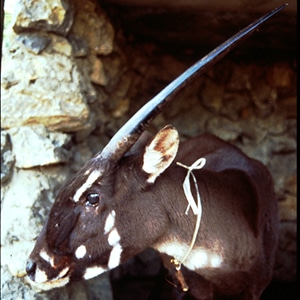
The last captive individual was captured and died in 2010.
The current focus of the Saola Foundation is to figure out how to find and monitor wild individuals, as the first critical step to determining safe methods of capture.
The greatest fear would be that of capture myopathy, which is thought to be behind most of the deaths of previously wild-caught saola. When wild animals are subjected to stress such as predation, their bodies release high amounts of adrenaline to give them a survival advantage. However, their bodies are not adapted to holding the high-stress scenarios for prolonged periods of time, and if the stress is prolonged (for example, struggling in a trap or being chased for a long period of time), there will be fatal damage to muscles and organs.
Alongside meticulous planning to minimise this risk, another consideration is the value of an individual in the wild which, as a learning resource, could provide the team vital with insights.
As saola have never been studied in the wild, the only information known has been guessed or detected with scant trail camera images. Any information about behaviour (especially scent-marking and movement) could be invaluable to help find other individuals crucial for captive breeding.
Can captive breeding save a species?
Is there a precedent for captive breeding bringing Critically Endangered mammals back from the brink of extinction?
Yes.
In the 1970s, the takhi, also known as Przewalski’s horse, became extinct in the wild. But thanks to a captive population of 12 individuals, today they are classified as Endangered, and there are more than 1,000 in wild populations.
In 1972, the Arabian oryx was officially declared to be extinct in the wild, but in 1982 a captive breeding programme released ten oryx into the open desert in Oman, and by 1996, there were over 300 in the wild.
The future of Annamites conservation
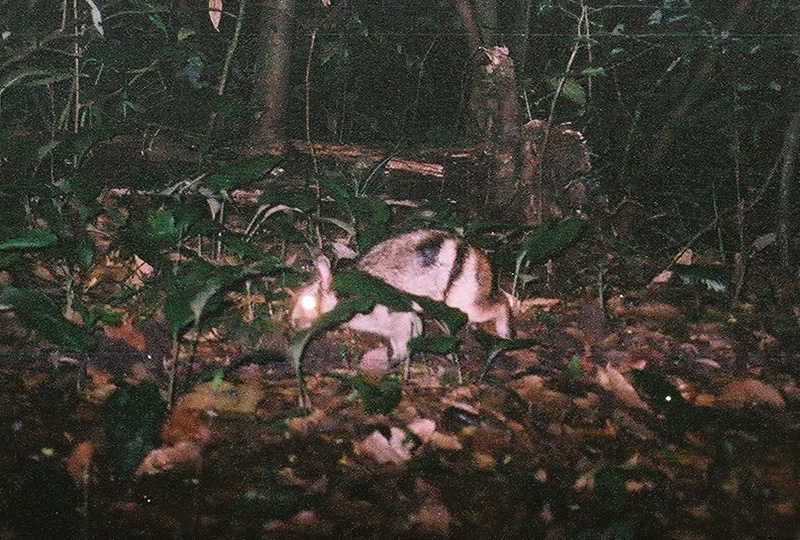
The Annamite Mountains are home to many endangered and unique species as well as the saola, such as the Annamite striped rabbit. Image: NNT
Although the Saola Foundation currently has a singular focus, the steps they are taking form the building blocks of a much broader mission. The organisation is dedicated to building conservation capacity in Lao and preserving the biodiversity of the Annamite Mountain Range. If saola are found and bred successfully, they will become a flagship symbol of Annamites conservation, attracting much-needed investment to a region facing many challenges to protect its high level of unique species.
If no saola are found by the end of 2025, the local expertise, equipment, and relationships will be re-developed into a wider plan for conservation in the region.
“Conservation in Southeast Asia is typically on a shoestring budget. But if there is to be anything left for future generations to enjoy, there must be a significant move towards global standards in resources, capacity, and sustainable financing.”
“Most importantly, capacity needs to be home grown, so it becomes permanent,” says Lorraine. “With our incredible local team at the Saola Foundation for Annamite Mountains Conservation, I am honoured to be part of that movement.”

